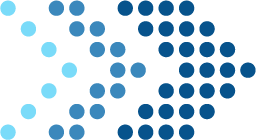
Unlocking Potential
Rethinking What’s “Special” About Special Education
Rethinking What’s “Special” About Special Education
50 years after IDEA promised to deliver the help students with learning and behavioral differences need, millions are still being left behind. It’s time to understand why—and how to fix it.

A Diagnosis Epidemic
Special education was created in 1975 to close the gap between what students need and what the regular classroom provides. But no one anticipated just how many would need help. In the half century since, the number of students found eligible for special education has exploded.
Identification Rates Represent the Tip of an Iceberg
Identification rates are a function of eligibility criteria. They tell us how many students are found eligible, not how many students whose learning and behavioral differences affect their success in the classroom.

Moving the Goalposts Changes Who Gets Help
Changes to eligibility criteria have pushed identification rates higher even as more students in need of support are excluded.


Same Struggles, Different Support
By design, special education is exclusionary: not everyone is entitled to support. But that entitlement isn’t based on objective need; it’s based on subjective determinations about the cause of students’ struggles and their untapped potential. Both of these students need the same evidence-based reading instruction, but only one of them is entitled to support.



The Geography of Subjectivity
This subjectivity produces variability. Whether students secure support depends more on where they happen to live than whether they have an objective need.
Identification Rates for All Disabilities Across U.s. States


More Labels, Same Inequities
Letting more students in hasn’t addressed the core problem: too many students are being left behind.
Students identified with a disability are no more likely to achieve literacy benchmarks today than they were in 1998. Nor does additional time in school–and the support of special education–seem to improve things.
In 2024, 67 percent of 8th graders tested below basic in reading on the National Assessments of Educational Progress Students compared to 72 percent of 4th graders.
Percentage of Students Identified with Disabilities Scoring Below Basic in Reading
Rethinking the system
These gaps are a function of today’s system: a regular classroom that was designed to provide everyone the same thing coupled with a special education system that fails to reliably make up for its shortcomings.
A different system could produce better results.
Instead Of…
Sorting students into categories
Investing in today’s diagnostic bureaucracy
Expecting teachers to do it all
Training educators in general & special education silos
Relying on one-size-fits-all instructional tools
Funding rigid programs

We Must…
Identify and act on students’ needs
Use assessments that position educators to act
Make teaching a team sport
Prepare all teachers for diverse classrooms
Invest in tools that support differentiation
Provide flexible, accountable resources

Explore the Data: CRPE’s Unlocking Potential Data Center tracks 50 years of state-by-state special education trends. Now, we’re inviting educators, researchers, and advocates to help explain the patterns.
Join the 2025 DataSprint: Submit your analysis of the data. Five participants will receive $10,000 stipends to continue their exploration.
Read the White Paper: Learn why special education has become the stopgap for a public education system that was never designed to address learner variability.
Join the Discussion: Get updates, provide feedback, and participate in a series of solution-focused virtual town halls.
- ©2025 CRPE. All rights reserved.
- 600 First Avenue, Suite 206
- Seattle, WA 98104

